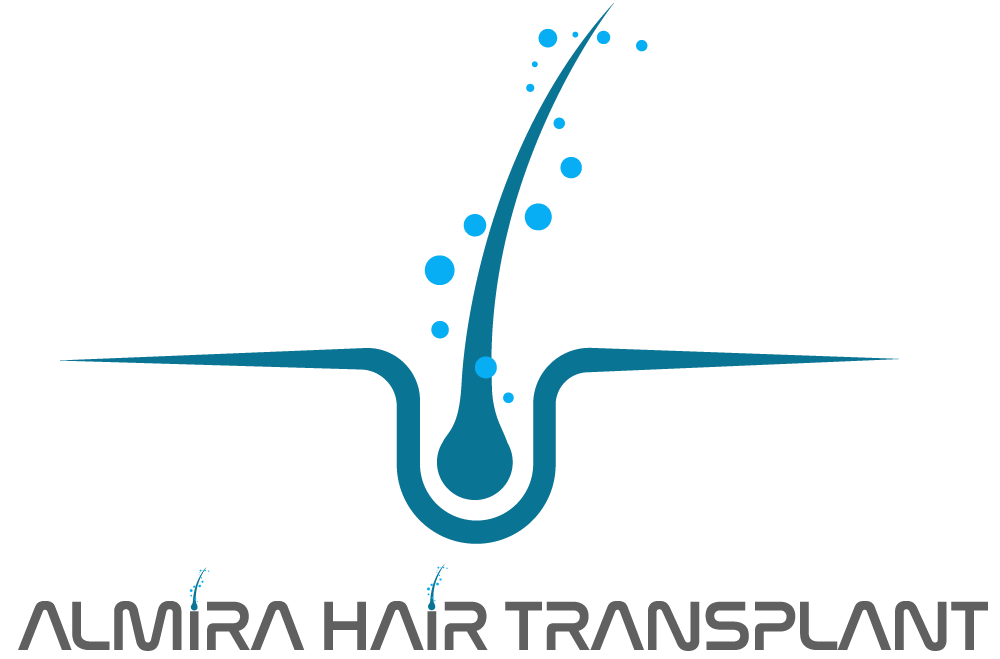Can Hair Transplants Be Done at a Young Age? Minimum Age Limit and Eligibility Criteria

Can Hair Transplants Be Done at a Young Age? Minimum Age Limit and Eligibility Criteria
Hair transplantation is one of the most effective and permanent solutions for individuals experiencing irreversible hair loss. However, especially for young people facing early hair thinning, one common question arises: “Can hair transplants be done at a young age?” The success of a hair transplant depends not only on the technique used but also on the patient’s age, hair type, and pattern of hair loss. In this article, we will discuss the minimum age limit for hair transplants and the main eligibility criteria.
Minimum Age for Hair Transplants
While there is no strict universal age limit, most specialists agree that hair transplantation is not recommended for patients under 18. The main reasons are:
-
During adolescence, hair loss patterns are still evolving under hormonal influence.
-
Transplants performed too early may lead to unnatural results as future hair loss progresses.
-
In the early 20s, the rate and pattern of hair loss are often not yet fully established, making long-term planning difficult.
In general, the ideal age for hair transplantation is 25 and above, as hair loss tends to stabilize and the long-term outlook becomes clearer.
Why Is Young Age Hair Transplant Controversial?
Although possible in some cases, hair transplants at a young age involve certain risks:
-
Ongoing hair loss: If hair continues to fall, bald patches may form outside the transplanted area.
-
Unnatural hairline risk: An inappropriately designed hairline at a young age may look artificial later in life.
-
Donor area management: Excessive graft harvesting at a young age may limit options for future procedures.
For this reason, doctors usually recommend starting with medical treatments (such as medications, PRP, or mesotherapy) for younger patients before considering surgery.
Eligibility Criteria
Hair transplant candidacy is determined not only by age but also by several factors:
-
Type of Hair Loss:
-
If the patient has male pattern baldness (androgenetic alopecia), transplant may be an option.
-
For temporary causes (stress, nutrition, hormonal imbalance), underlying factors should be treated first.
-
-
Donor Area Density:
-
Adequate density and thickness of hair in the donor area (back of the scalp) is essential.
-
-
Overall Health Condition:
-
Conditions such as diabetes, blood clotting disorders, or severe skin diseases may pose risks.
-
-
Realistic Expectations:
-
Transplants do not stop hair loss; they restore density in specific areas.
-
Younger patients must fully understand the limitations of the procedure.
-
Alternative Solutions
For younger individuals with ongoing hair loss, non-surgical options are often recommended before transplantation:
-
Medical treatments: Minoxidil or finasteride.
-
PRP (Platelet-Rich Plasma): Using the patient’s own plasma to stimulate follicles.
-
Mesotherapy: Injection of vitamins and minerals to strengthen the scalp.
These methods can slow hair loss and prepare better conditions for a transplant later on.
Conclusion
While technically possible, the minimum age for hair transplantation is usually considered 18–20, with the ideal age being 25 and above, when hair loss patterns are more predictable. Candidacy depends on multiple factors, including type of hair loss, donor area quality, overall health, and patient expectations.
In short, young individuals considering hair transplantation should undergo a thorough evaluation by an experienced specialist. A long-term treatment strategy, rather than early rushed decisions, ensures the best and most natural results.


